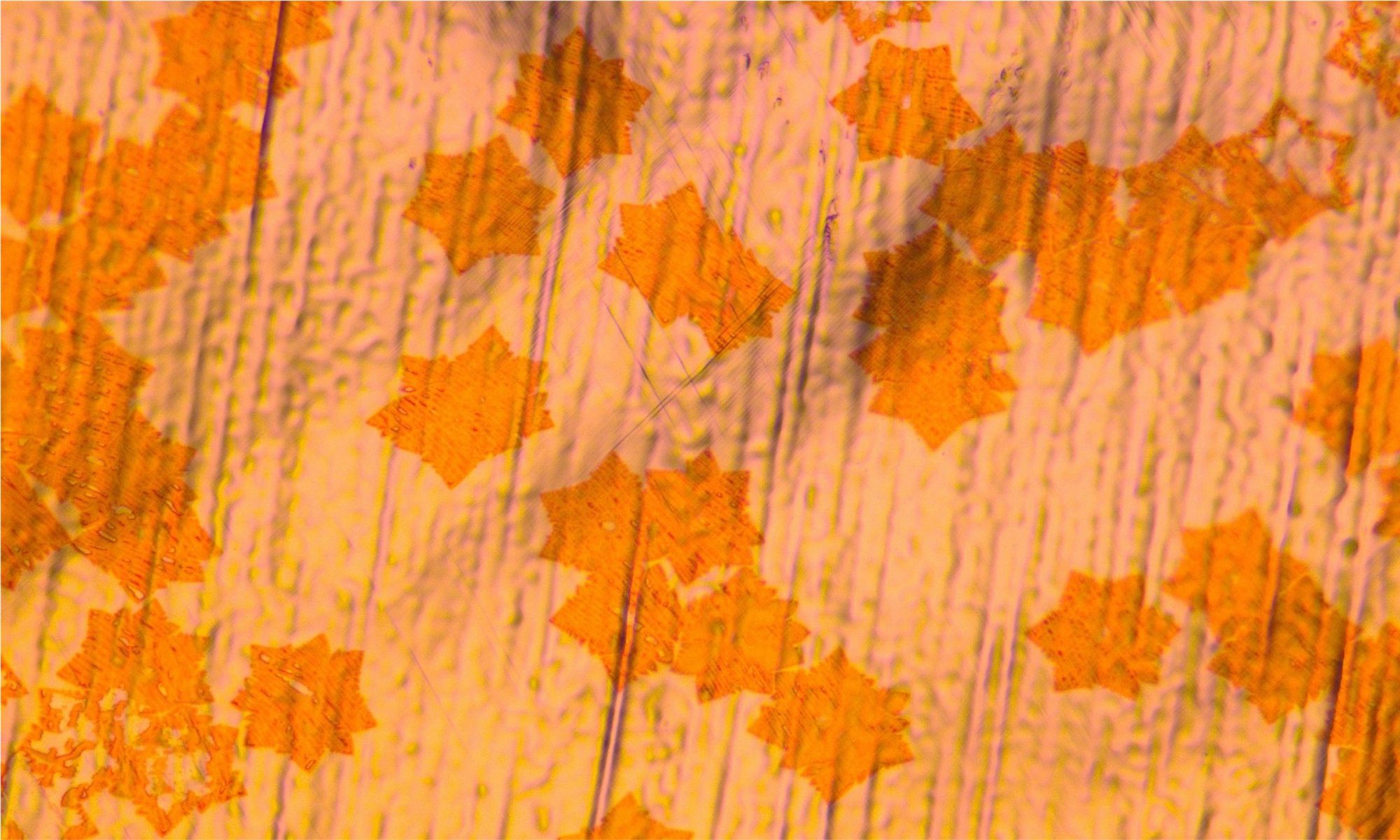A collaboration between the groups of Benoit Hackens at UC Louvain and of Christoph Stampfer at RWTH Aachen University solves the puzzle of the fragility of the quantum Hall effect in graphene.
The quantum Hall effect is both a textbook example of topological protection and a central tool of metrology labs. In graphene, the quantum Hall effect can be observed at much higher temperatures than in high mobility semiconductors, but the topological protection turned out to be regrettably less robust.
Using scanning gate microscopy on samples fabricated in the lab of Christoph Stampfer, the team of Benoit Hackens has now been able to pinpoint the cause of the vulnerability of the graphene quantum Hall channels. The results clearly indicate the detrimental role of antidots along the graphene edges and provide insights on how to counteract their influence.
A nice popular account of the work published by UCLouvain can be read here.
Article reference:
Upstream modes and antidots poison graphene quantum Hall effect
N. Moreau, B. Brun, S. Somanchi, , K. Watanabe, T. Taniguchi, C. Stampfer & B. Hackens
Nature Communications 12, 4265 (2021).
https://doi.org/10.1038/s41467-021-24481-2
